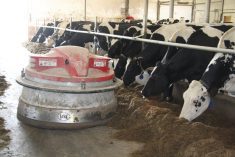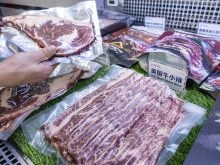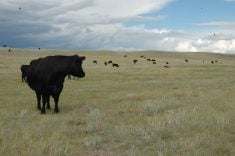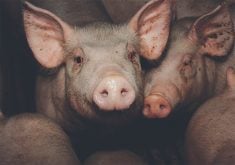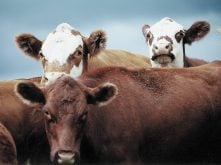Bottle-fed, young male livestock can be dangerous to humans once the animals reach sexual maturity.
Every year North American producers are killed as a result of bottle-raised deer attacks during the rut, said Murray Woodbury, research chair for specialized livestock at the University of Saskatchewan’s Western College of Veterinary Medicine.
Joe Stookey, a specialist in animal behaviour at the college, said the animals don’t fully differentiate between man and animal.
“They see their former human caregivers as rivals, and given the opportunity they will challenge a human for the dominant role,” said Stookey.
Read Also
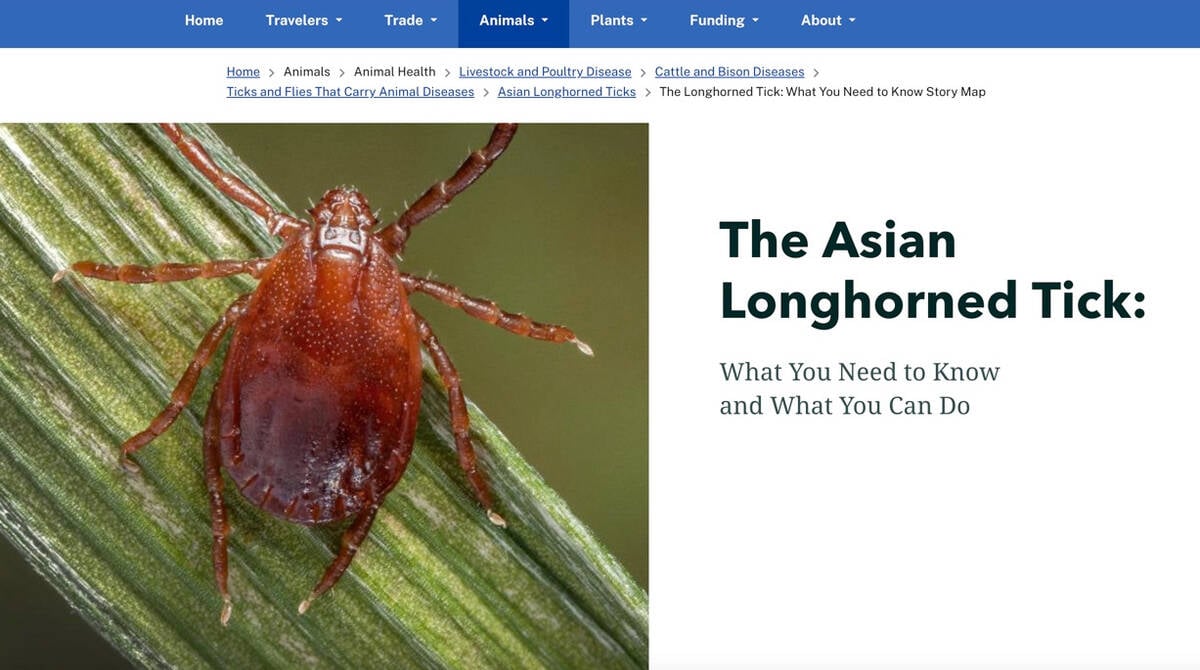
New World screwworm not seen as trade threat
Canadian cattle producers shouldn’t be worried about the New World screwworm, which has become a massive concern for ranchers in Mexico and is threatening the southern United States
“All avian and mammalian neonates are born with a preprogrammed drive to imprint onto their mother. Imprinting refers to a critical period of time early in the animal’s life when it forms attachments and develops a concept of its own species’ identity.”
Stookey said imprinting for male animals helps them determine who their rivals should be when they become adults.
Stookey’s experiences with the problem extend to providing perspective in legal cases where bottle-reared animals have injured third parties who were unknown to the animals.
“You can be creating some liabilities when you bottle feed a male and leave them intact,” he said.
Stookey said bottle-reared males should be castrated to avoid the danger they might create once mature.
“Imprinting has long lasting and important biological and psychological effects on adult sexual behaviour, which is often irreversible,” Stookey said.
“Males that have been imprinted onto another species tend to court the surrogate species that raised them. For example, ram lambs that are raised on nanny goats will court and try to breed female goats when they reach sexual maturity and they show very little interest in ewes.”
Woodbury said cervids might be the most dangerous of all livestock in part because producers don’t expect the animal to be dangerous.
“A dairy bull, bottle raised … can be dangerous, but we expect it because they are large and have a bad reputation, but a 150 pound deer is not seen as a threat to a rancher,” Woodbury said.
The problem is that a deer is programmed to keep attacking until its rival retreats.
“You might be able to hold one off for 20 minutes until you’re exhausted. Then as you try to run away it skewers you until you stop moving for good,” he said.
“I prefer to have my livestock a little afraid of me or at least respectful … producers either need to castrate the animal or find a feeding system that replaces or isolates the animal from the handler during feeding,” he said.
Stookey said instead of bottle feeding orphans, producers should try to find a lactating female that will act as a surrogate mother.
The good news is that bottle-raised females may bond for a short time with humans, but will nearly always grow into a healthy sexual appetite for males of their own species.
For more information on this subject, go to www.producer.com and type “Stookey” in the go box.



